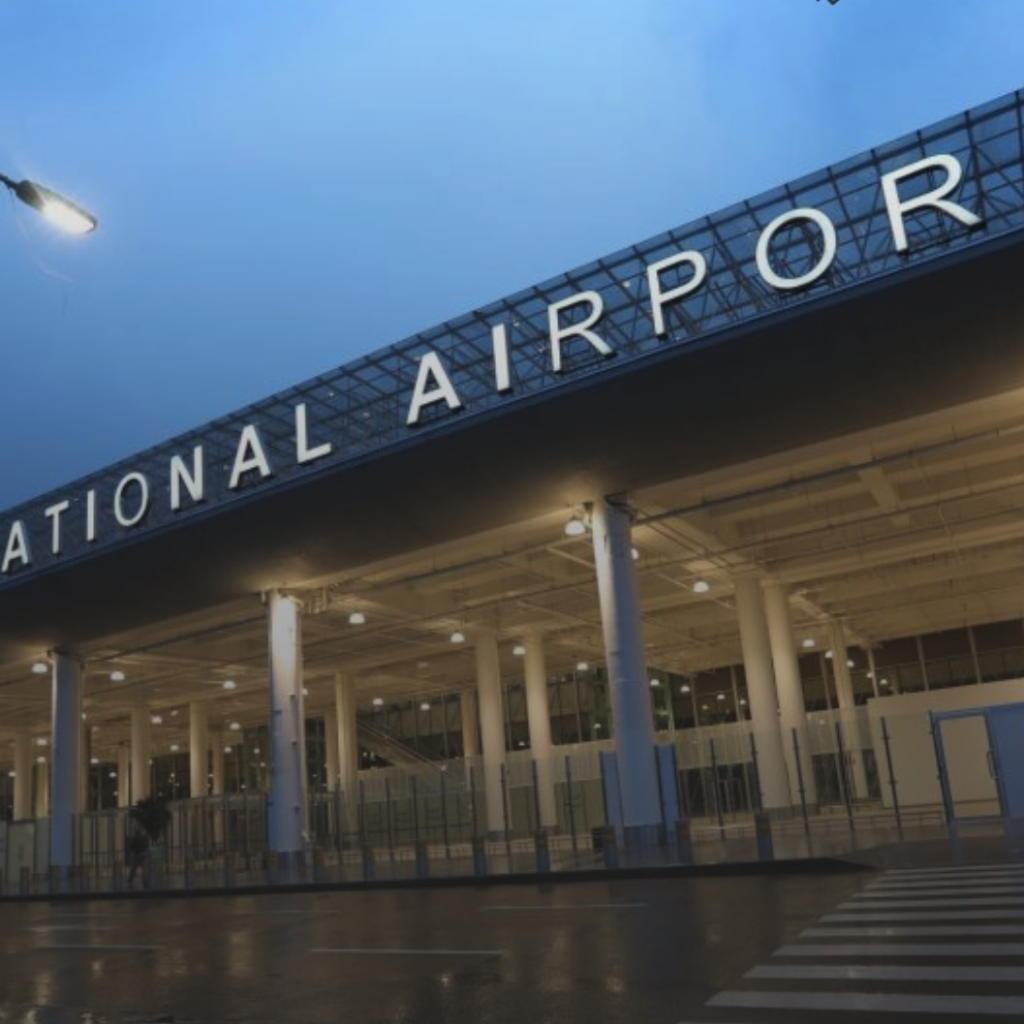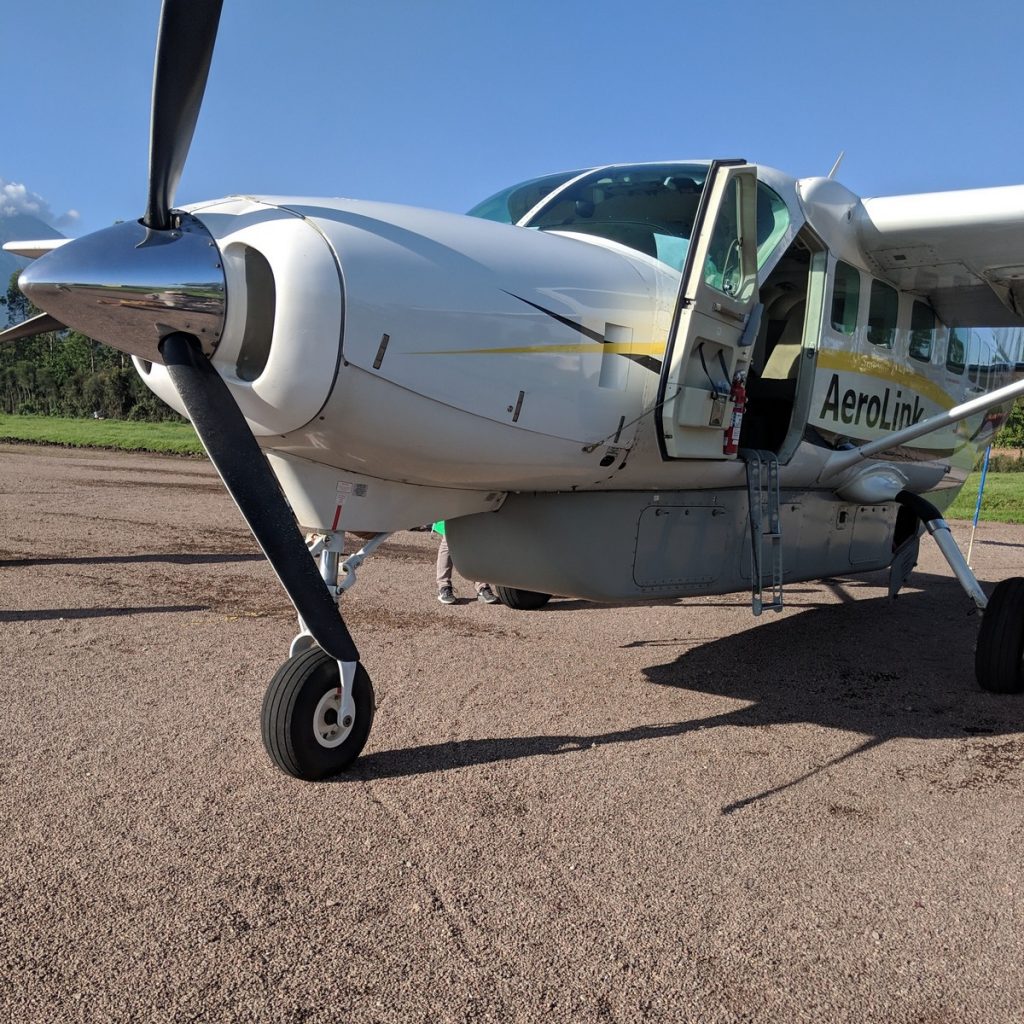
Ethiopian Airlines several weeks ago officially completed a 86,000-square-meter terminal expansion at Addis Ababa’s Bole International Airport. With the capacity to serve 22 million passengers a year, Africa’s main transit hub is now home to the continent’s second largest capacity airport after South Africa’s O.R. Tambo International.
But this is no ordinary terminal project: the $300 million Terminal 2 has the distinction of being the world’s first completed amid the pandemic and designed with an eye towards biosafety.
Aside from daily airport cleaning procedures, this means digitized features, including state-of-the-art thermal scanners, 30 self-check-in kiosks, 60 check-in counters, 32 arrival immigration counters with eight e-gates, 16 security screening areas, touch-free sanitizing gel dispensers, and socially distanced gate seating.
“We are now providing a contactless experience,” Ethiopian Airlines’ Miretab Teklaye, director of integrated marketing, told Skift. “Using the Ethiopian mobile app, you can book, pay, check in, print tags, drop baggage, scan your boarding pass at immigration, or at the lounge. [It’s] about empowering the customer to own the experience end to end.”
Built in multiple phases over three years, the ultramodern terminal is part of Ethiopian’s strategy to continue investing in infrastructure, one of its four key pillars. The project was financed by EXIM Bank China and designed by Singapore firm CPG.
Although the airline went from growth mode to survival mode in March, future plans remain in place for the redesign of Addis’ domestic terminal by 2021, as well as an 80 to 100-million-passenger $5 billion airport just 39 kilometers southeast of the capital.
Like the world’s major commercial carriers, Ethiopian has suffered a massive loss in passenger flight revenue since Covid-19, to the tune of $1 billion by the close of June 2020. What’s notably different, however, is that the airline hasn’t been impacted negatively in the way other carriers have: no government bailout request, no layoffs and no salary reductions. Instead, it has managed to turn a profit.
In late March, while other African airlines were grounded, Ethiopian saw the opportunity to recoup its passenger revenue loss by expanding its established 10-fleet cargo unit. The airline converted 25 passenger planes to cargo and deployed its 54,000-square-meter, high-tech pharma wing to store and distribute Covid-19 medical supplies and millions of PPE donations from China and from the UN World Food Programme to over 80 countries in Africa, Canada, the U.S., Europe, Asia, and South America.






About The Author: David DiGregorio
More posts by David DiGregorio